What happens when you take the defining vehicles of the pony car class and set them against each other at the Inde Motorsports Ranch in Arizona? You get an awesome shootout, for starters. But will the Boss beat the new Camaro range-topper, even though it’s at a disadvantage? To be precise, the Laguna Seca has 136 horsepower and 176 lb.-ft. of torque less than the Camaro ZL1. It also costs $8,000 less and is 413 pounds lighter. However, the specs on paper don’t tell the whole story.
Take a look at the power-to-weight ratio of both cars, and you’ll notice that the Ford makes .12 hp/lb. while the supercharged Chevy is good for .14 hp/lb. Even then, the Boss finished 2.45 seconds behind the ZL1 around the track, with the victory being mostly the result of the sophisticated Magnetic Ride Control and independent rear suspension found on the Camaro. Here are some takeaway points from Motor Trend and from the professional driver — Randy Popes:
ZL1
- Old-school muscle and new high-tech components
- Heavy
- Next-generation magnetorheological suspension used in Corvettes and Caddys
- Good braking and lots of control
- A little bit of power oversteer
- A lot of confidence
Boss 302 Laguna Seca
- Puts power down well coming off a corner
- Not much confidence in the braking – doesn’t have the brake bite that the Camaro does
- Good balance in high-speed corner
- Lots of vertical motion in the bumps/curbs
- An exhaust note to die for
- Excellent cornering balance
- Dances around more than Camaro
In the end, Randy chooses the Camaro over the Stang because it’s “more sophisticated”, “faster, more powerful, and the brakes are a much better package.”
Indeed, the Camaro consistently pulls away in braking zones and even mid-corner thanks to its fancy suspenders. But there were two spots on the track that the Mustang pulled time back on the Camaro. The first was the slowest corner where the lighter weight of the Mustang allowed it to deal with the inherent understeer better; the second — a sweeping right corner with the crest right at the apex. It was here that the heavier Camaro wanted to be carried off the track, while the Mustang tucked in more.
But was the shootout rigged? Heck, we’re talking about a supercharged Camaro versus a naturally-aspirated Mustang. Well, it would seem that this was a race of equals, despite the paper stats. How come? The Camaro only gained 4/10ths of a second on the straights. In other words, “even without the horsepower disparity, the Mustang will be about 2 seconds back every lap”.
The takeaway from Motor Trend goes something like this: “Although the Boss 302 is arguably the best Mustang ever built, it just feels and performs like it’s a generation behind. Before the Camaro ZL1 came along, the Boss 302 defined the pony car class. Supercharged or not, it was the benchmark. It’s lightweight, powerful, driver-focused, and fun to drive; but it’s simply outclassed in this competition. The Camaro ZL1 is now the benchmark for a new generation of pony car.”
The Motrolix Take
Five words: 2013 Shelby GT500. 650 horsepower.

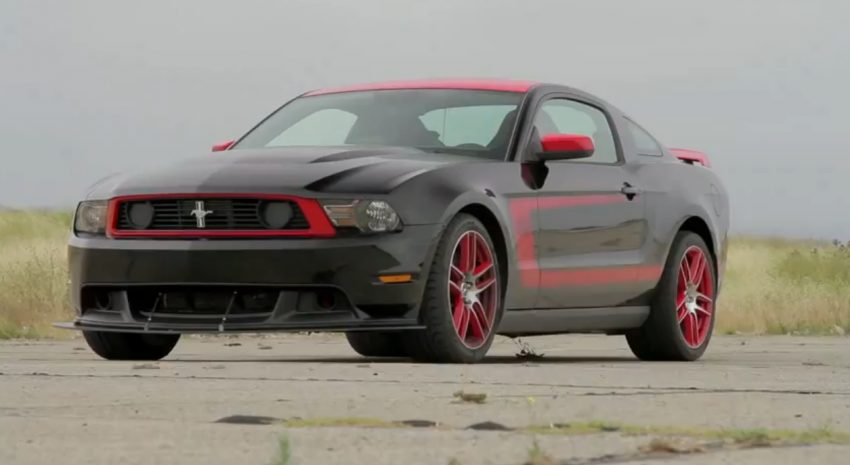
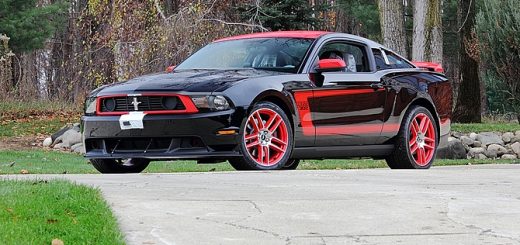
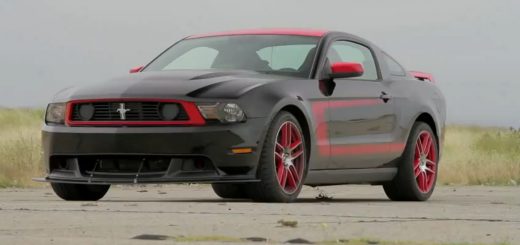
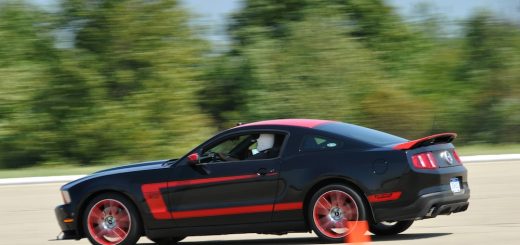
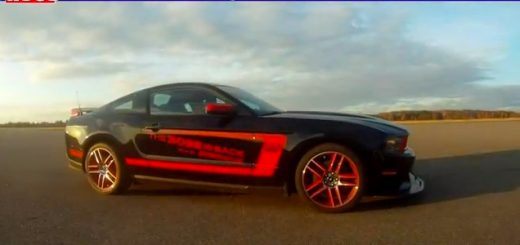
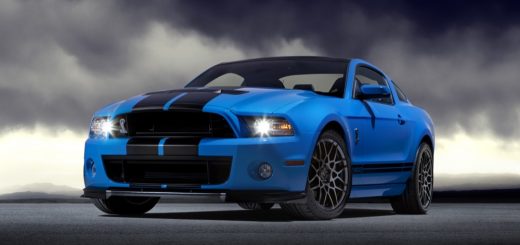
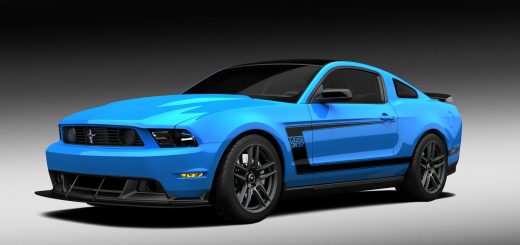






No Comments yet